Ghiblification and the Peace of Hayao Miyazaki
Recently, a new internet trend has emerged in which users generate personalized images and videos through AI, styled in the aesthetic of Hayao Miyazaki’s animations. This trend, known as “ghiblification” after his company Studio Ghibli, might at first seem like a harmless exercise by fans who find charm in Miyazaki’s art. However, it takes a darker turn when political and nationalistic entities begin to co-opt it.
The Israeli Defense Forces (IDF), currently engaged in a brutal campaign against Gaza, posted “ghiblified” images of soldiers posing with weapons alongside warships and aircraft. Another viral example features Trump’s political movement, depicting the former president as a mythologized, resurrected figure. In light of these developments, it’s easy to understand why Miyazaki once described AI-generated art as “an insult to life.”
What is it that makes Miyazaki’s art endearing? Is it just the “cute” Japanese anime-style, is it the warm color palette, or is it something more?
At the center of Miyazaki’s films—beneath the soaring landscapes, magical creatures, and unforgettable characters—beats a steady, resolute heart: a deep aversion to war. Though he has built worlds of fantasy and wonder, Miyazaki never loses sight of the real-world scars left by violence and conflict. His stories, across decades of filmmaking, reveal not just an artist’s preference for peace, but a moral conviction shaped by history, memory, and a fierce love for life itself.
Born in 1941, Miyazaki’s earliest memories are filled with the turmoil of World War II. Japan’s surrender, the atomic bomb destruction, the devastation left behind, and the uncertain, painful rebuilding that followed all left an indelible mark on him. He grew up knowing the cost of war not from textbooks, but from lived experience. That quiet grief runs through his films, surfacing again and again in different forms.
Nausicaä of the Valley of the Wind (1984), perhaps the most Christian of Ghibli’s movies, makes Miyazaki’s stance unmistakably clear. Set in a world poisoned by environmental collapse and constant conflict, the film’s heroine, Nausicaä, doesn’t seek revenge or conquest. She tries to heal. She listens where others shout, and protects even those deemed monstrous. Throughout the film, Miyazaki shows how war ravages not only the earth, but the spirit of humanity itself. It’s one of the clearest statements of his belief that violence begets only more violence.
In Howl’s Moving Castle (2004), Miyazaki takes aim at the absurdity of war. The reasons for the battles are vague, almost meaningless, and the destruction feels random, cruel, and unstoppable. Howl, the wizard at the story’s center, refuses to serve either side, retreating instead into pacifism and small, personal acts of resistance. Miyazaki was outspoken at the time about his opposition to the Iraq War, and the film reflects his anger and sadness at watching the world march, once again, toward senseless bloodshed.
Princess Mononoke (1997) tackles conflict with perhaps the greatest complexity. There are no pure villains here: industrialists, spirits, and humans all have their reasons, their flaws, and their virtues. Yet the violence that consumes them all ultimately leads only to mutual destruction. Ashitaka, the film’s quiet hero, searches not for victory, but for understanding—a rare and powerful thing in the midst of war.
What makes Miyazaki’s anti-war message so potent is its refusal to be simple. He knows that peace is hard, messy, and imperfect. His characters often fail, or only half-succeed, but they never stop trying. There are no grand speeches or tidy resolutions. Instead, there are small acts of kindness, moments of grace, and a persistent belief that the world is worth saving, no matter how broken it seems.
In Castle in the Sky (1986), Miyazaki speaks boldly through his heroine Sheeta:
“No matter how many weapons you have, no matter how great your technology might be, the world cannot live without love.”
In a film industry that often celebrates violence as entertainment, Miyazaki stands apart. He offers not escapism, but a reminder: that real strength lies not in domination, but in compassion; that the greatest battles are the ones fought inside ourselves, against fear, hatred, and despair. At every turn, his work insists that peace is not passive—it is an act of fierce, courageous defiance.
The influencers of our day who seem eager to jump onto the ghiblification bandwagon might benefit even more by revisiting Miyazaki’s movies and meditating on the Japanese auteur’s worldview, especially when it comes to violence and reconciliation. “Cuteness’ was never the entirety of Miyazaki’s legacy. In the end, Miyazaki’s films endure not just because they are beautiful, but because they are brave. They dream of a gentler world, and they dare us to dream along with them.

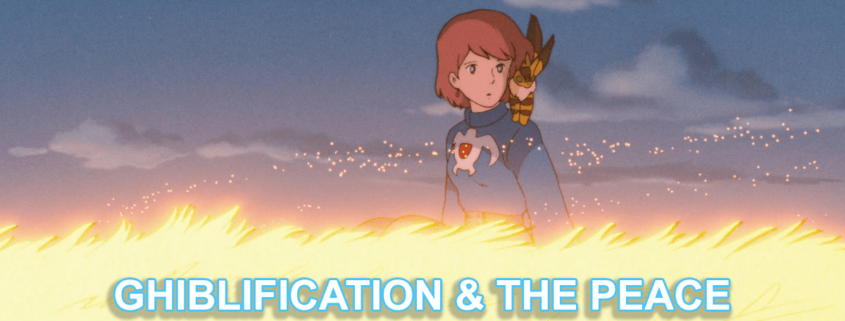
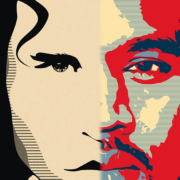

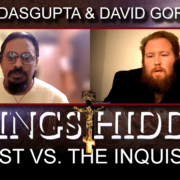
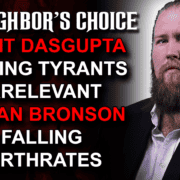


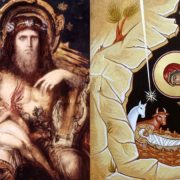
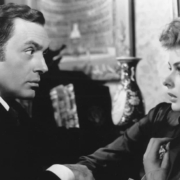


Leave a Reply
Want to join the discussion?Feel free to contribute!